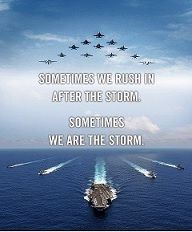The color of gas cylinders that are in bulkhead racks on board naval vessels has been asked on one of the model ship forums I participate in. I'm also curious, as this is something that I'll have to address on my 1:200 NEW JERSEY (1968-69) model currently in progress.
The question(s) are:
1) What colors are the cylinders and what gases do they contain? I would think this would include: acetylene, argon, nitrogen, oxygen, hydrogen, helium, compressed air, CO2 (fire - red)
2) Are these colors a MILSPEC requirement or Industrial Code requirement?
3) If MILSPEC, is this unclassified (I would think so) and available on online?
I've found quite a few industrial cylinder charts online that range from a-z as far as use goes. My specific interest is what cylinders were usually carried on board ship and their color codes.
Any help is appreciated.
Hank
The question(s) are:
1) What colors are the cylinders and what gases do they contain? I would think this would include: acetylene, argon, nitrogen, oxygen, hydrogen, helium, compressed air, CO2 (fire - red)
2) Are these colors a MILSPEC requirement or Industrial Code requirement?
3) If MILSPEC, is this unclassified (I would think so) and available on online?
I've found quite a few industrial cylinder charts online that range from a-z as far as use goes. My specific interest is what cylinders were usually carried on board ship and their color codes.
Any help is appreciated.
Hank


Comment